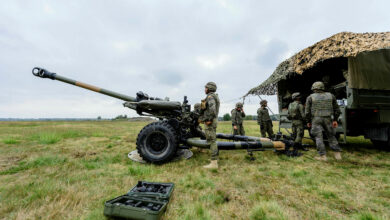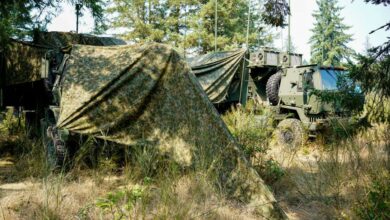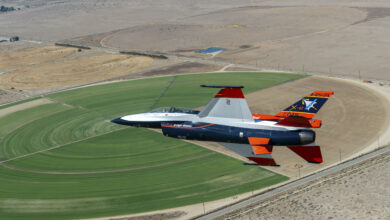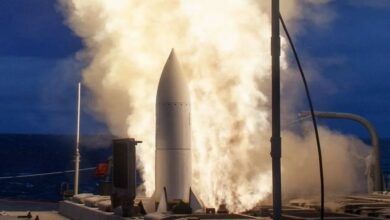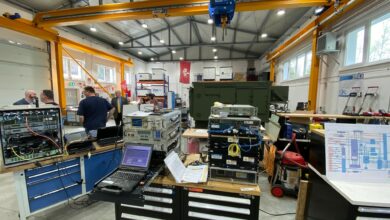UK Taps Three Organizations to Develop Telexistence Solutions
The UK has awarded three organizations a contract to design and develop “the capability to undertake tasks without physically being present,” also known as “telexistence,” for defense, security, and nuclear-decommissioning applications.
The 1.3 million pounds ($1.4 million) contract was awarded by the UK Defence Science and Technology Laboratory (DSTL), the Nuclear Decommissioning Authority (NDA), and the Defence and Security Accelerator (DASA).
Netherlands Organisation for Applied Scientific Research, Sheffield University, and Cyberselves Universal Ltd. were selected to develop four telexistence solutions over 10 months.
The demonstration and trials for the solutions are scheduled for 2023.
The contract follows the DASA’s Telexistence:Phase 2 Competition which shortlisted innovators for the project.
“The DASA Telexistence: Phase 2 competition has been a great success in finding the latest innovators to collaborate with DSTL and NDA to develop a complete system using science and technology to integrate and create a platform using telepresence, robotics and haptics together to achieve results,” DSTL Project Manager Mark Hodder said.
UK’s Telexistence Solutions
The telexistence solutions are expected to “decrease risk and reduce the logistical burden associated with dangerous operations” for defense personnel working in hazardous environments.
Throughout the development, each organization will evaluate its solutions against “use cases” in Explosive Ordnance Disposal, Specialist Nuclear Decommissioning Tasks, and Defence Security Medical applications.
TNO will provide its Haptic Bimanual Telexistence System innovation for NDA operators with critical visual, auditory, and haptic cues.
Sheffield University’s Medical Telexistence Platform will integrate telepresence, robotics, and haptic technologies into one platform to reduce human risk in Combat Medic Technician and Regimental Aid Post operations.
Cyberselves Universal Ltd. will help NDA operators remotely conduct tasks in radioactive, chemical, and biologically compromised places through a robot without adversely impacting performance.
“It’s our aim to reduce decommissioning activities carried out by humans in hazardous environments by 50 percent by 2030. We’re really encouraged to see such fantastic solutions being put forward by the supply chain,” NDA Innovation Delivery Manager Andrew Gray said.




